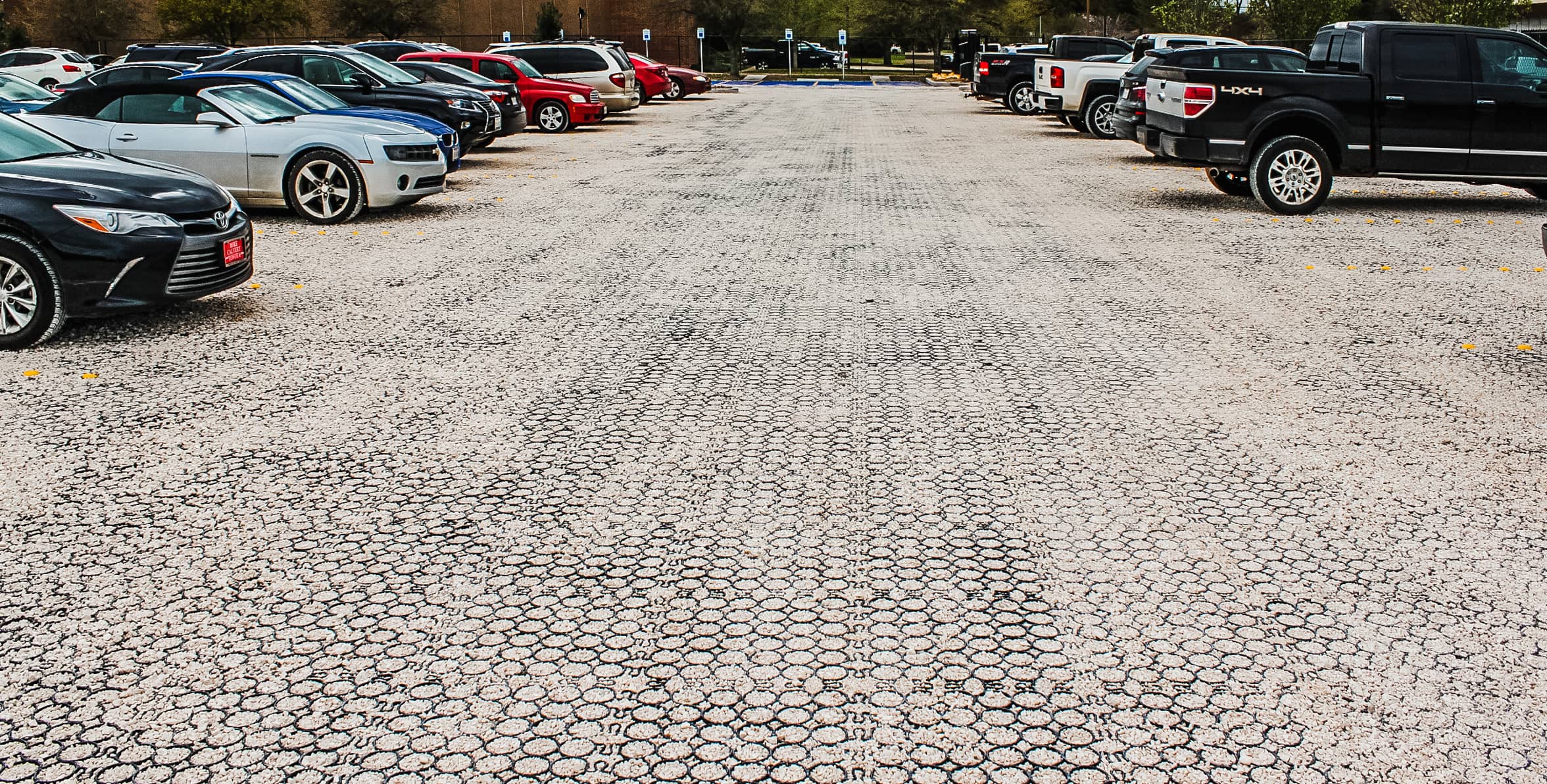Written by Emily Matlovich of Design Ideas for the Built World
In recent years there has been an increase in flash floods occurring in urban environments. According to The United States Geological Survey (USGS), the floods are caused by changes in land use associated with urban development. Some of these changes include the removal of land masses that naturally absorb rain, the removal of vegetation and soil, and the grading of the land surface. According to the Multi-Resolution Land Characteristics Consortium (MRLC), up to 40 percent of the land in cities is impervious. This is why it’s important for us to take action now with considering the replacement of impervious pavement with permeable pavement.
Before the 20th Century’s rapid development, permeable pavement was the main used component for roads, sidewalks, parking lots, and other urban surfaces. It was replaced with impervious pavement during because of the belief that immediately removing water from surfaces makes it safer to drive. It has since been discovered, however, that the use of impervious pavement leads to pollution, depletion of groundwater recharge, and creates runoff. The negative effects of impervious pavement have become so grand, that even a tax has come into effect to curb the use of the material.
The opposite is true for permeable surfaces which have come back into favor and is preferred. This is because permeable pavement allows the passage of water to the ground through small openings. It helps to prevent runoff and pollution, replenishes the groundwater supply, and manages stormwater runoff.
Permeable pavers are particularly useful in cities since the porous pavement catches precipitation and reduces the impacts of urban runoff. It also helps to establish a more natural hydrologic balance which minimizes fast pulses of precipitation through the stormwater system and leads to a reduction in the amount of storm drains needed within the city.
While both pavements are used in cities, reconsideration is being made towards the best pavement to use. With new sustainable initiatives and reoccurring flooding in cities – permeable pavers have become the answer.




